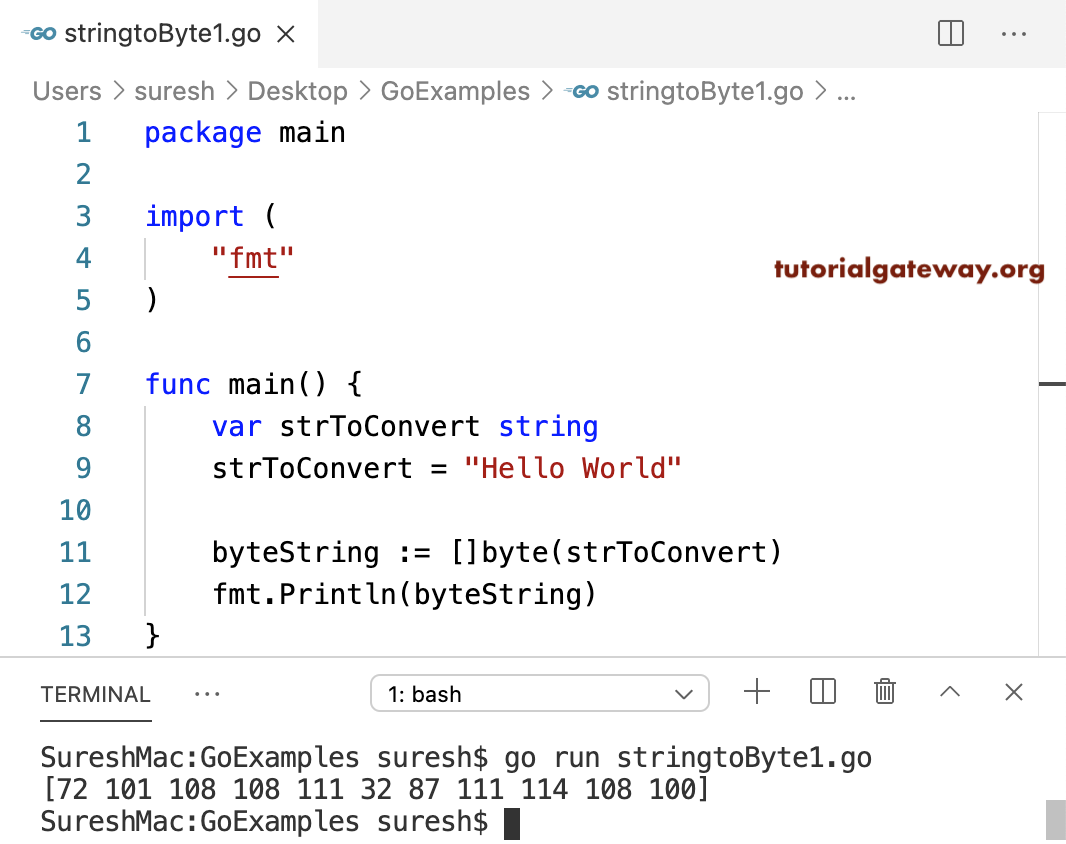
However, if our computer was processing an image, that binary sequence could contain information about the color of a pixel. If this binary sequence represented a string in English using the ASCII encoding standard, it would be the letter v. For example, let’s consider a binary sequence representing a byte of data: 01110110. Although we entered an integer, all data stored in a buffer is binary data.īinary data can come in many different formats. We just created a new buffer object that references a space in memory that stores 1KB of 1s. const filledBuf = Buffer.alloc ( 1024, 1 ).In your terminal, create a new buffer at the REPL prompt that’s filled with 1s:

If we wanted to create a new buffer with 1s instead of 0s, we would set the alloc() function’s second parameter- fill. However, we can change the default value if we’d like to. By providing 1024 as the argument for alloc(), we created a buffer that’s 1KB large.īy default, when you initialize a buffer with alloc(), the buffer is filled with binary zeroes as a placeholder for later data. To create a new buffer, we used the globally available Buffer class, which has the alloc() method. const firstBuf = Buffer.alloc ( 1024 ).For example, if we wanted to create a buffer that was 1KB (kilobyte) large, equivalent to 1024 bytes, we would enter this in the console: The size is an integer representing how many bytes of memory the buffer object will use. The alloc() function takes the size of the buffer as its first and only required argument. In your terminal, enter the node command: Let’s open the Node.js REPL to see for ourselves. In Node.js we use the alloc() function of the Buffer class to do this. To decide what method to use, you need to answer this question: Do you want to create a new buffer or extract a buffer from existing data? If you are going to store data in memory that you have yet to receive, you’ll want to create a new buffer. This first step will show you the two primary ways to create a buffer object in Node.js.
#NODEJS BUFFER TO STRING HOW TO#
You can learn those fundamentals with our How To Code in JavaScript series.

#NODEJS BUFFER TO STRING INSTALL#
To install this on macOS or Ubuntu 18.04, follow the steps in How To Install Node.js and Create a Local Development Environment on macOS or the Installing Using a PPA section of How To Install Node.js on Ubuntu 18.04. You will need Node.js installed on your development machine.By the end of the tutorial, you’ll have learned how to use the Buffer class to work with binary data. In this tutorial, you will use the Node.js REPL to run through various examples of buffers, such as creating buffers, reading from buffers, writing to and copying from buffers, and using buffers to convert between binary and encoded data. They also equip you with the ability to do fine-grained data manipulation in Node.js. Additionally, when HTTP requests are made in Node.js, they return data streams that are temporarily stored in an internal buffer when the client cannot process the stream all at once.īuffers are useful when you’re interacting with binary data, usually at lower networking levels. For example, when you read from a file with fs.readFile(), the data returned to the callback or Promise is a buffer object. You may have used buffers implicitly if you wrote Node.js code already. Unlike arrays, you cannot change the size of a buffer once it is created. Buffers store a sequence of integers, similar to an array in JavaScript.

In Node.js, we can access these spaces of memory with the built-in Buffer class. IntroductionĪ buffer is a space in memory (typically RAM) that stores binary data. The author selected the COVID-19 Relief Fund to receive a donation as part of the Write for DOnations program.


 0 kommentar(er)
0 kommentar(er)
